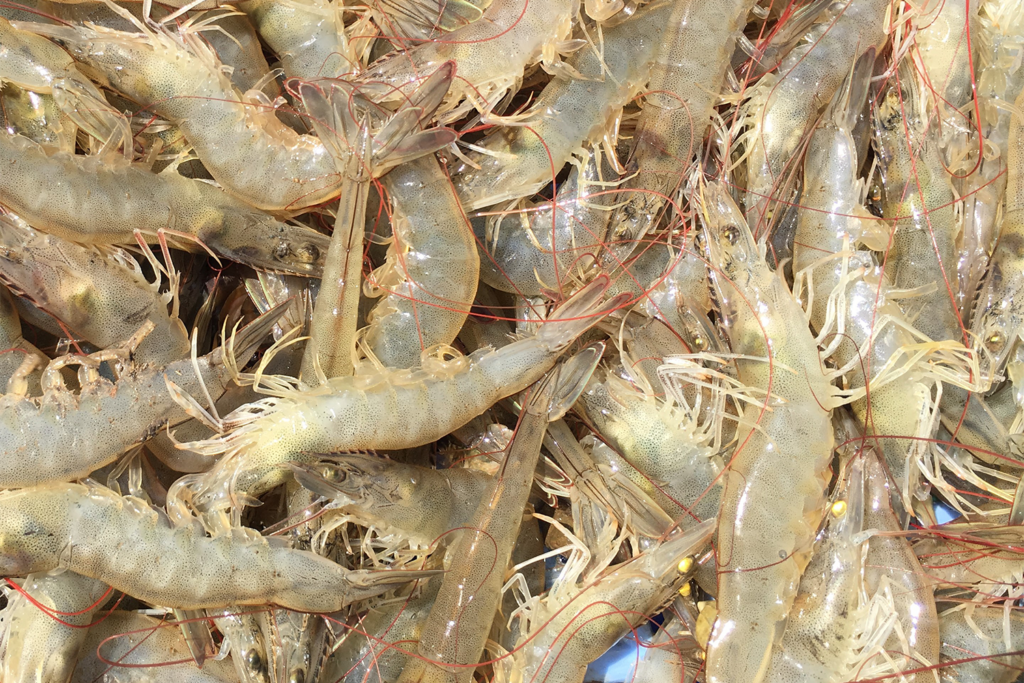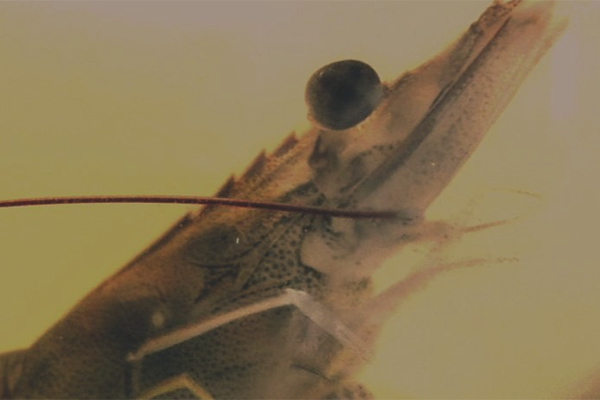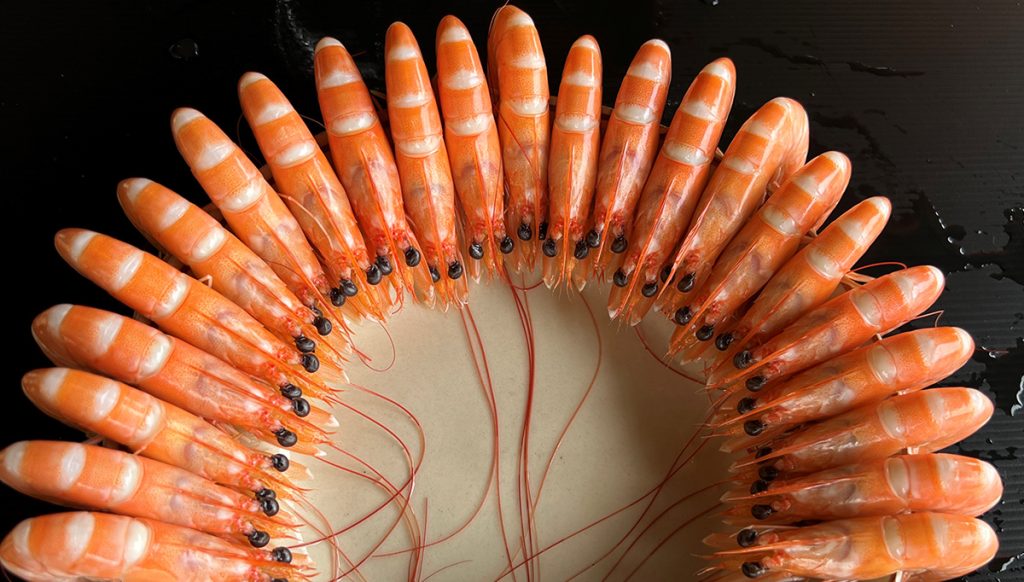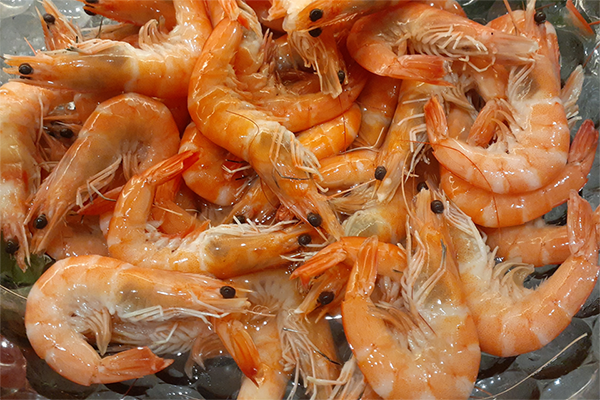Global Shrimp Forum Foundation: The industry needs to get its ‘collective strategy right’ to grow global consumption

The Global Shrimp Forum Foundation (GSFF) has released a new report that outlines effective marketing strategies for successfully promoting the consumption of more sustainably produced shrimp.
The report reportedly seeks to “empower the industry to clearly define its narrative and demonstrate what sets shrimp apart when compared with other more common proteins,” highlighting factors such as the nutritional value, versatility and sustainability of shrimp.
“One of the keys to achieving this goal is to get the marketing right, to frame that ambition together by promoting shrimp consumption collectively as an industry,” said Arnd Jan Gulmans, author of the report. “A virtuous cycle emerges where prices are stable and there’s more confidence in the value chain. This results in better conditions for investment and – ultimately – it will lead to a better product. And all of this will, in turn, create more demand. But that’s if we get our collective strategy right.”
Looking at the case for shrimp promotion, the report concludes that supply growth and demand falling behind are major causes of price volatility, arguing that demand growth can reduce this price volatility. Successful cases in other industries demonstrate the potential for pre-competitive (promotion) efforts, and they hold some important lessons for the shrimp industry.
The report also analyzes the growth potential for several consumption markets, looking at affordability, availability, awareness and attraction. For example, in the US and Europe, affordability and availability are “sufficiently high,” and the report says that demand growth depends on increased awareness and attraction.
“Promotion can make a difference here, especially in light of the ongoing changes in dietary habits,” said Jan Gulmans. “In the European market, and to a lesser extent in the U.S., inflation and rising food prices could be an important hurdle for shrimp consumption growth, at least in the short term.”
The report outlines the “strong hand of cards” the shrimp industry holds – meaning all the benefits that shrimp has to offer – and looks at how it can leverage these to its advantage.
“In order to grow, focus on increasing market penetration instead of increasing frequency, and so: target the whole market, including light buyers and first-time buyers,” said Jan Gulmans. “The ‘nutrition and health’ card combines strong evidence, high relevance and low risk; to avoid preaching, this card should be combined with a more inspirational angle.”
The “versatility” and “convenience” cards are also discussed as an opportunity to “add a fun and inspiring element to communication,” which can boost people’s interest in buying shrimp more often. A sample campaign architecture is provided outlining the business problem, the positioning of shrimp, the marketing objectives and key barriers to overcome and communication tasks. For each of these tasks, a selection of recommended marketing communications channels is provided.
Now that you've reached the end of the article ...
… please consider supporting GSA’s mission to advance responsible seafood practices through education, advocacy and third-party assurances. The Advocate aims to document the evolution of responsible seafood practices and share the expansive knowledge of our vast network of contributors.
By becoming a Global Seafood Alliance member, you’re ensuring that all of the pre-competitive work we do through member benefits, resources and events can continue. Individual membership costs just $50 a year.
Not a GSA member? Join us.
Author
-
Responsible Seafood Advocate
[103,114,111,46,100,111,111,102,97,101,115,108,97,98,111,108,103,64,114,111,116,105,100,101]
Tagged With
Related Posts

Innovation & Investment
Minutes, not days: Partnership takes aim at rapid tests for shrimp diseases
With USDA research funding, Sherlock Biosciences and the Gloucester Marine Genomics Institute will commercialize diagnostic tests for shrimp diseases.

Health & Welfare
Farmed shrimp welfare website and training course launched
FAI Farms' website and training course is a resource hub with insights and practical solutions for optimizing shrimp welfare in aquaculture.

Intelligence
It pays to be pink: Farmed shrimp production chain protects its price points with pigmentation
Shrimp color is critically important because of the visual impact and the ability to command higher prices. To some, it’s also a signal of good health.

Intelligence
Opinion: There is a global disconnect between farmed shrimp production and its markets
The potential to expand shrimp production is great, but markets must be able to absorb it while fairly profiting every component of the value chain.



